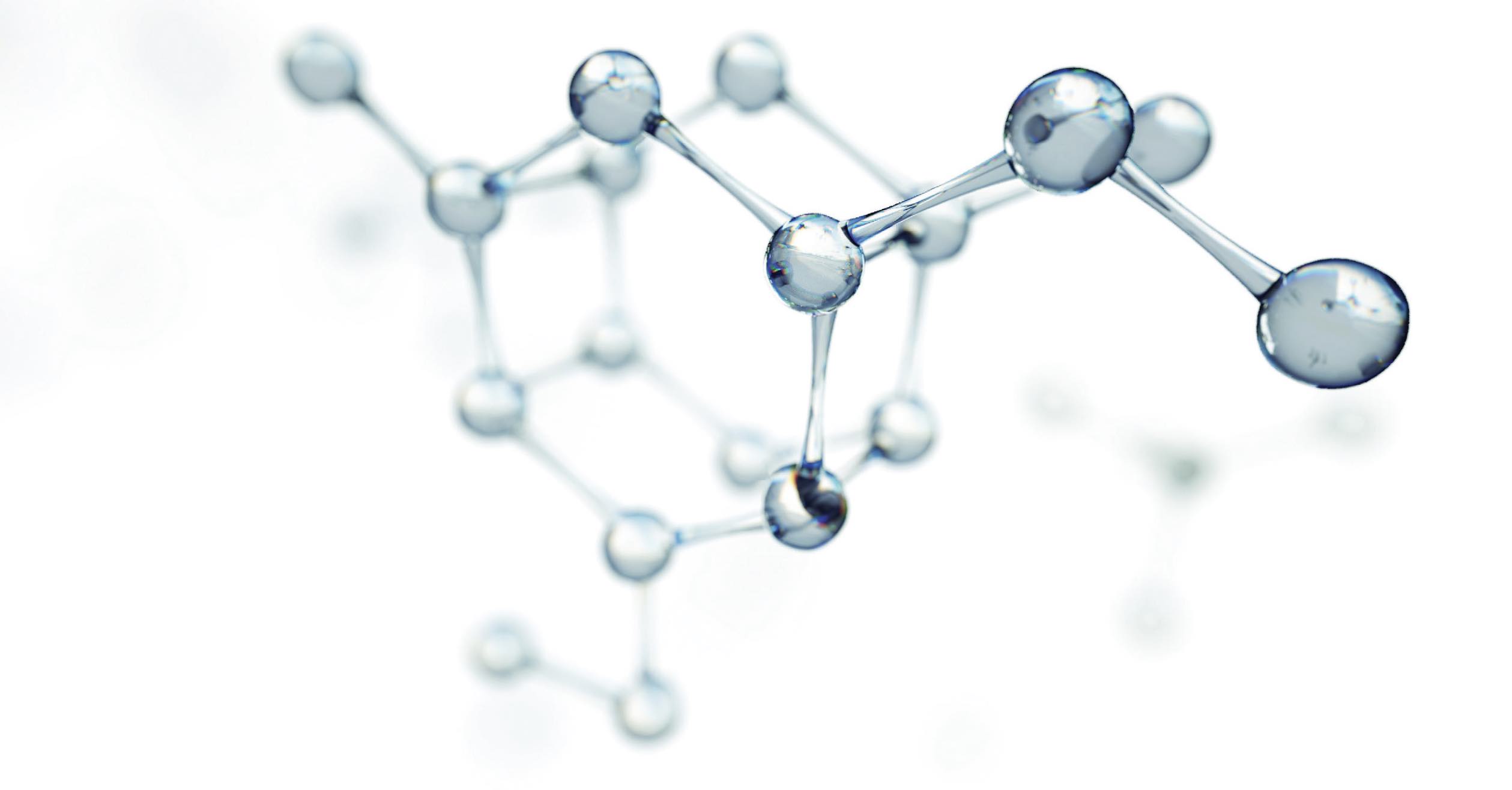The wonderful social world of molecules
By Dr. Selim Erhan, TLT Editor | TLT From the Editor March 2023
The interactions between molecules and atoms are examples of how interactions should be in the macroworld.

Molecules show us there is peace and harmony in a balanced system.
Everything in nature is in harmony. Trees grow fruits, plants have flowers attracting all kinds of species, and each species benefits from another as they continue their existence. I was so amazed when I read in an article that plants communicate with each other using chemical messengers through the soil. This harmony intensifies as we go to the domain of molecules. In fact, the interactions between molecules and atoms are very much examples of how interactions should be in the macroworld. The world of molecules and atoms and their interactions creates a balanced base that allows the whole universe to stand upon. We chemists see these every day, whether we pay attention or not. For the non-chemists, I will attempt to give a few highlights as examples of what I’m talking about.
First let’s take electrons. Electrons are negatively charged. We know particles with the same charge repel each other. But nature asks two electrons to use the same orbit, or pathway. At first, seemingly an impossible task, it turns out there is a way to do it. They use magnetism. When charged particles spin, they create a magnetic moment. Opposite magnetism attracts. So, the two electrons spin in opposite directions creating magnetic moments that attract each other. As their magnetic charges pull their electrical charges repel, and we have two electrons traveling on the same orbit in peace and harmony. They don’t drift apart, they don’t crash—they just exist balancing each other. This then opens a host of opportunities for the atom to get into many interactions.
These interactions can be in the form of ionic bonds where one atom gives an electron to another that needs an electron. The atom that now has gained an electron has a negative charge and sticks to the atom that gave its electron, and now is positively charged by electrical attraction. They continue their existence waiting for the opportunity to present their potential. I am sure we can think of examples in our lives where we have beneficial give and take relationships creating a far bigger potential for times in need. Sometimes one atom in this union either drifts or is forced to move to another oppositely charged atom. In this case, the charged atom that is left behind simply finds another atom with an opposite charge and balances itself! No arguments, no fuss—just moves over to a stable situation. Another interesting thing that happens is when one electron is plucked away or gets energized and jumps to another orbit leaving a lone electron behind. This creates an unstable atom or molecule with an unbalanced electron. We call these free radicals, and when that happens, the whole molecule or atom aggressively starts searching for another electron in support of its lone electron to balance itself.
Then there are more colorful situations where electrons are shared. These are called covalent bonds. Each atom puts an electron into an orbit. This way it looks like each atom has two electrons. Sometimes one atom is more needy and pulls the electrons that are supposed to be shared more toward itself. This leads to a situation where the neglected atom or molecule, seeing that the agreement is not being adhered to, leaves and goes to a molecule where there is a more balanced sharing situation. The remaining atom or molecule, now with an extra electron, has the burden of finding another atom to share this burden. I am sure we all have witnessed similar situations in our circles. These interactions, although at first seeming unfair, create a movement where the system rearranges toward a more balanced, stable outcome.
Another nice example that these molecules show us is there is peace and harmony in a balanced system. Molecules and atoms do not take more than they need. They do not hoard electrons, they do not hide electrons in secret orbits and the harmonious sharing allows them to coexist, enjoying the benefits of their increased potential and power to do wonderful things. Yes, some have more electrons, and some have less, but even the atom that has two electrons is as functional and contributes maybe even more than one that has 100.
Dr. Selim Erhan is director of business development for Process Oils Inc. in Trout Valley, Ill. You can reach him at serhan@processoilsinc.com.